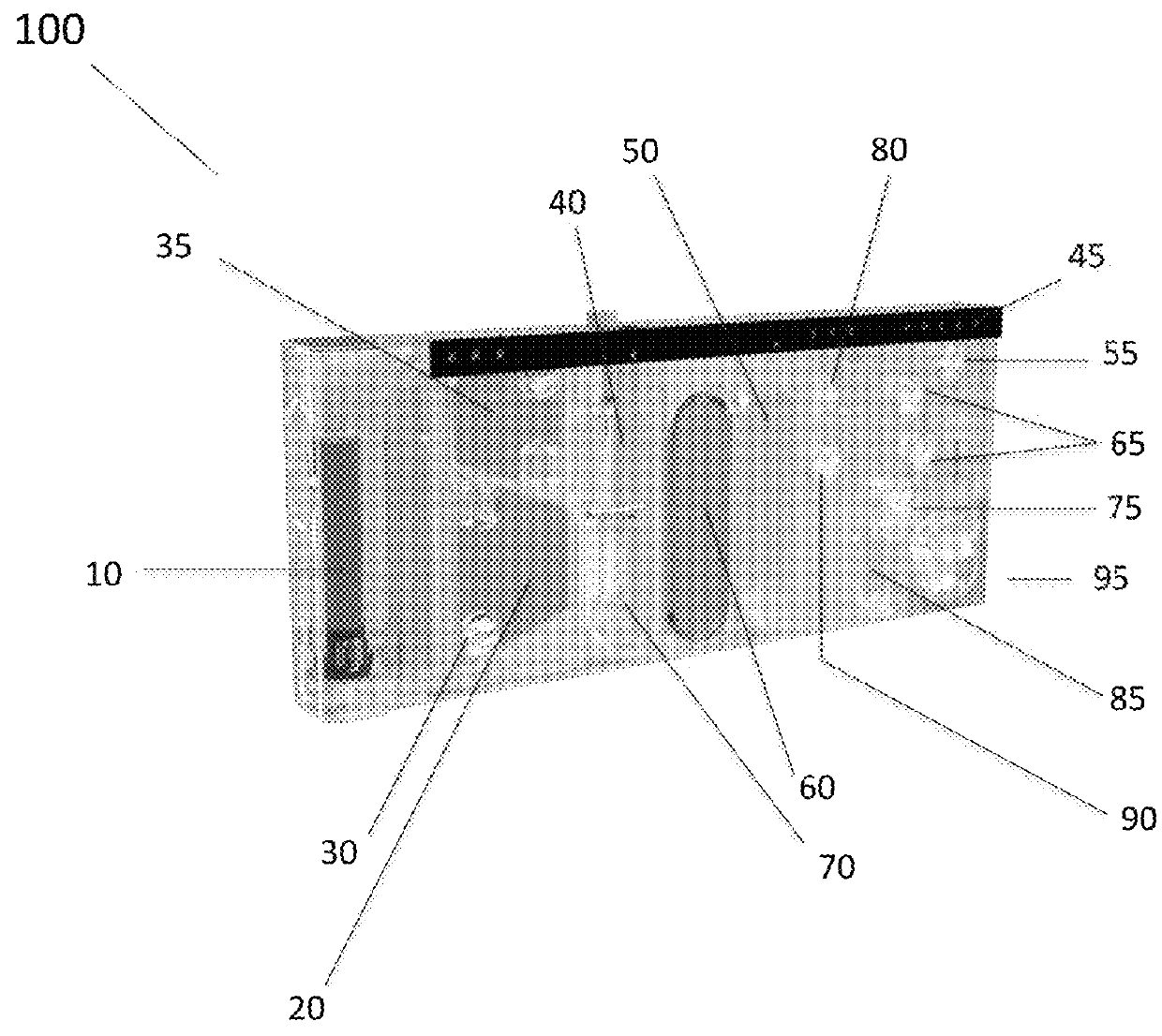Sample entry
a sample and entry technology, applied in the field of sample entry, can solve the problems of inability to transfer the entire sample from the sample container, failure to isolate a target/pathogen, and significant healthcare problems, and achieve the effect of preventing failures to isola
- Summary
- Abstract
- Description
- Claims
- Application Information
AI Technical Summary
Benefits of technology
Problems solved by technology
Method used
Image
Examples
Embodiment Construction
[0025]The invention generally relates to devices and methods for maximizing the amount of sample transferred from a collection vessel into a cartridge, including microfluidic cartridges, for processing. In certain aspects, methods of the invention involve coupling a vessel containing a sample to a cartridge configured to process a sample at an interface. The interface provides communication between the sample and the cartridge. Once coupled, a fluid from the cartridge is introduced into the vessel. The fluid and sample may be transferred from the vessel and into the cartridge for processing. In addition, air may be introduced from the cartridge and into the vessel to force any remaining sample and fluid within the vessel into the cartridge.
[0026]The methods of the invention and the cartridge / vessel interface of the invention are described herein as part of a target capture system for isolating a target from a sample. However, it is understood that methods of the invention can be use...
PUM
| Property | Measurement | Unit |
|---|---|---|
| volumes | aaaaa | aaaaa |
| volumes | aaaaa | aaaaa |
| volume | aaaaa | aaaaa |
Abstract
Description
Claims
Application Information
 Login to View More
Login to View More - R&D
- Intellectual Property
- Life Sciences
- Materials
- Tech Scout
- Unparalleled Data Quality
- Higher Quality Content
- 60% Fewer Hallucinations
Browse by: Latest US Patents, China's latest patents, Technical Efficacy Thesaurus, Application Domain, Technology Topic, Popular Technical Reports.
© 2025 PatSnap. All rights reserved.Legal|Privacy policy|Modern Slavery Act Transparency Statement|Sitemap|About US| Contact US: help@patsnap.com



